Corona Virus
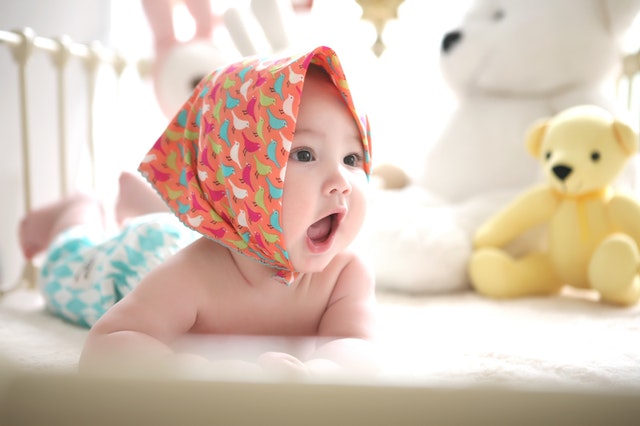
Severe pain in the abdomen caused by wind and suffered especially by babies.
To relive from pain follow these steps:-
To read more on Baby care, click on the link below,
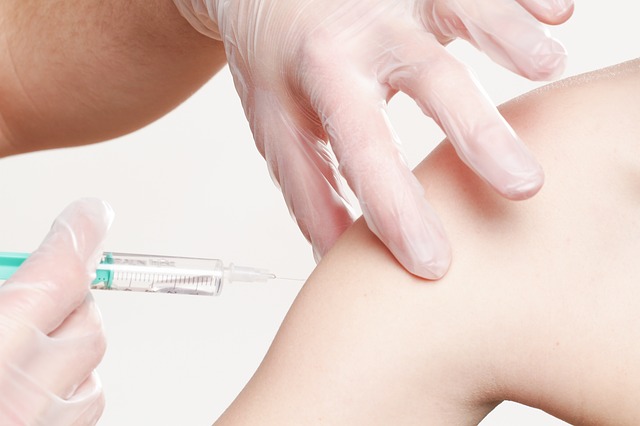
Measles is a highly contagious infection caused by the measlesvirus. Initial signs and symptoms typically include fever, often greater than 40 °C (104.0 °F), cough, runny nose, and inflamed eyes. Two or three days after the start of symptoms, small white spots may form inside the mouth, known as Koplik’s spots.
Treatment
There is no specific treatment for measles, but the condition usually improves within 7 to 10 days. Stay away from school or work for at least four days.
If the symptoms of measles are causing discomfort for you or your child, there are some things you can do to treat these while you wait for your body to fight off the virus.
Dr. May advise some medicine to reduce a high temperature (fever) and relieve any aches or pains if your child is uncomfortable.
If your child has a high temperature, make sure they drink plenty of fluids as they may be at risk of dehydration.
Vaccination
The measles, mumps, and rubella (MMR) vaccine is routinely given at 12 to 15 months of age, followed by a booster shot before entering school at the age of 4 to 6 years.
To read more on Baby care, click on the link below,
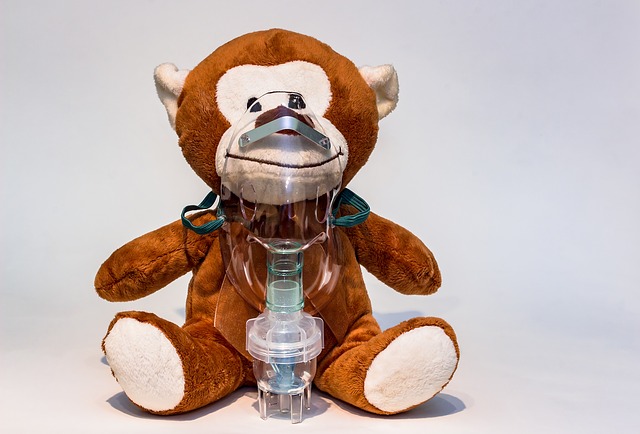
How to Nebulize your Baby
It is the process of medication administration via inhalation . It utilizes a Nebulizer which transports medication to the Lungs.
Illness Like:
In babies we are using mask method .It’s more useful because it’s more comfortable and effective method for baby’s
Reason behind that is the babies are more restless and crying also.
Preparing to use a nebulizer for baby
To read more on Baby care, click on the link below,
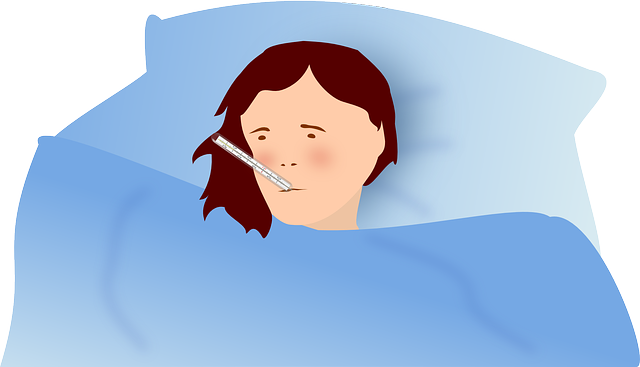
Fever occurs when body temperature is above normal range ie above 36.5 degree Celsius or 98.6 degree Fahrenheit.
A high body temperature, or fever, is one of the ways our immune system attempts to combat an infection resulting in sudden rise in white blood cell (WBC)count. Usually, the rise in body temperature helps the individual resolve an infection. However, sometimes it may rise too high, in which case, the fever can be serious and lead to complications.
Following are the Dos and Donts of fever care viz.
Dos:
Don’ts
How to check temperature?
Things required:
Make sure:
Procedure:
Other signs of fever are:
Thermometer is a device for measuring body temperature of an individual to assess febrile condition.
Do’s:
Don’ts:
Types of thermometer:
Steps of using a digital thermometer:
To read more on Baby care, click on the link below,
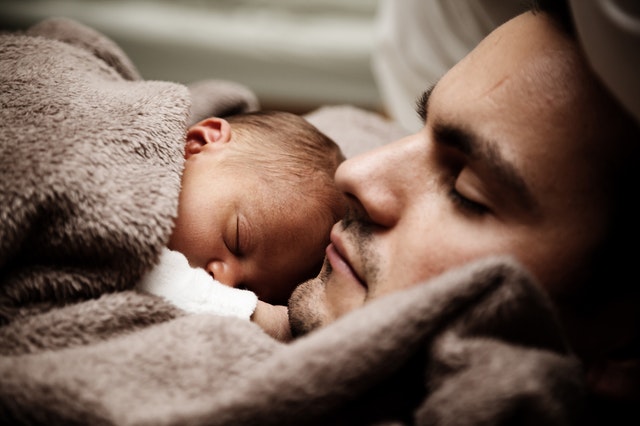
Involvement with your child is critical. These are some ways to form a bond and develop a close relationship with your child from an early start. Start off on the right path, make the commitment to spend time with your baby, and relax, you’re going to be a great dad.
Before baby arrives:
Once baby arrives:
Baby Care
To read more on Baby care, click on the link below,
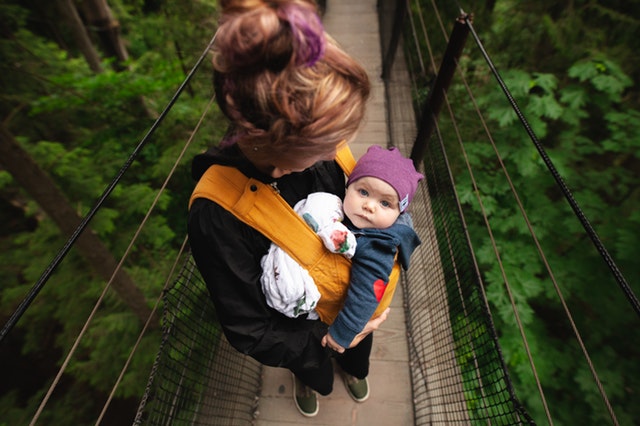
Little travelers need a surprising amount of stuff!
Here is a checklist of items that make traveling much easier.
Packing Checklist:
Preparation techniques:
To read more on Baby care, click on the link below,
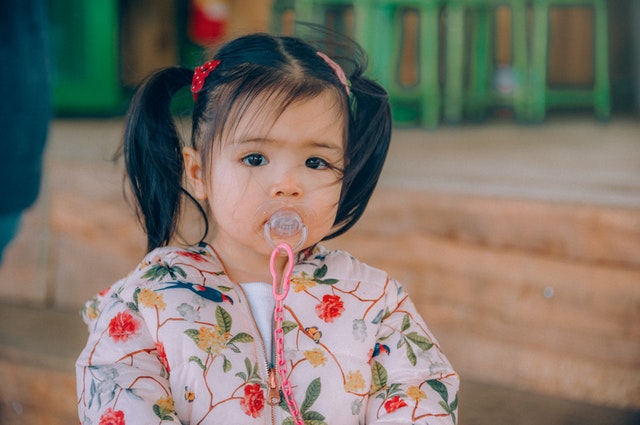
From the time your child’s first tooth emerges to how much pain it causes, teething is a different experience for every child. Here’s how to spot the signs that your baby is teething so you know how to treat the discomfort.
These are common signs of teething:
If your teething baby seems uncomfortable, consider these simple tips:
To read more on Baby care, click on the link below,
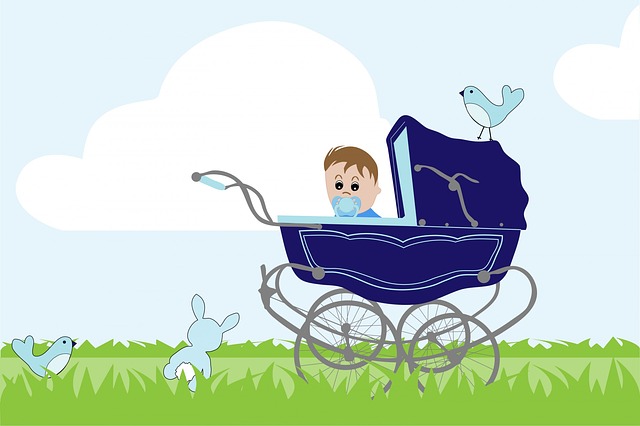
Key difference: Baby Pram and Stroller, are wheeled devices which are used to carry children. A baby pram is like a cradle in which babies can lie, whereas a stroller is like a chair in which babies can sit upright.
Rocker:
A bouncer is a seat suitable from birth until about 6 months that doesn’t rock, but is slightly flexible so that it moves slightly when you push it or when your baby kicks as she gets older. A bouncer usually has a bar with toys and lights, and some have music and vibrating options to help soothe your baby.
Buying Tips:
Strolley:
A vehicle for moving a baby around that consists of a small bed supported by a frame on four wheels.
Buying Tips:
Pram:
A pram is designed to carry new-borns and younger babies, usually while they’re lying down. It’s sturdy and generally can’t be folded flat. A stroller is lightweight and collapsible, ideal for older babies. A buggy can be a pushchair or a stroller, depending on who you ask!
Buying tips:
To read more on Baby care, click on the link below,
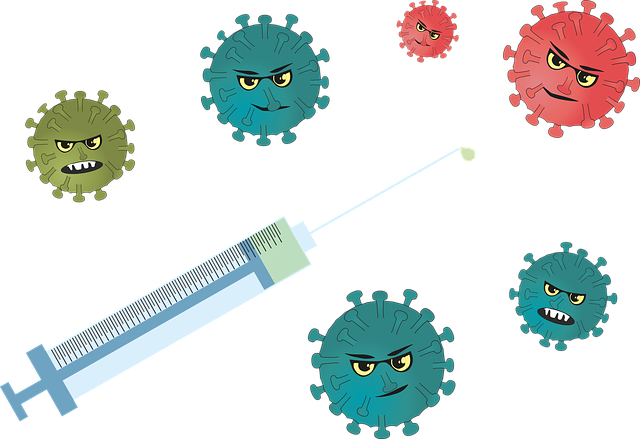
| S.NO | Vaccine | Prevents | Minimum Age for Dose 1 | Interval BetweenDose 1 and Dose 2 | Interval Between Dose 2 and Dose 3 | Interval Between Dose 3 and Dose 4 | Interval Between Dose 4 and Dose 5 |
| 1 | BCG | TB & bladder cancer | Birth | ||||
| 2 | HepB | Hepatitis B | Birth | 4 weeks | 8 weeks | ||
| 3 | Poliovirus | Polio | Birth | 4 weeks | 4 weeks | ||
| 4 | DTP | Diphtheria, Tetanus & Pertussis | 6 weeks | 4 weeks | 4 weeks | 6 months (Booster 1) | 3 years (Booster 2) |
| 5 | Hib | Infections caused by Bacteria | 6 weeks | 4 weeks | 4 weeks | 6 months (Booster 1) | |
| 6 | PCV | Pneumonia | 6 weeks | 4 weeks | 4 weeks | 6 months (Booster 1) | |
| 7 | RV | Severe Diarrheal Disease | 6 weeks | 4 weeks | 4 weeks | ||
| 8 | Typhoid | Typhoid Fever, Diarrhea | 9 months | 15 months (Booster 1) | |||
| 9 | MMR | Measles, Mumps & Rubella | 9 months | 6 months | |||
| 10 | Varicella | Chickenpox | 1 year | 3 months | |||
| 11 | HepA | Liver disease | 1 year | 6 months | |||
| 12 | Tdap | Diphtheria, Tetanus & Pertussis | 7 year | ||||
| 13 | HPV | Some Cancers & Warts | 9 year | For Child aged 9-14 years: 6 months. For Child aged 15 or more: 1 month | For Child aged 15 or more: 5 months |
To read more on Baby care, click on the link below,